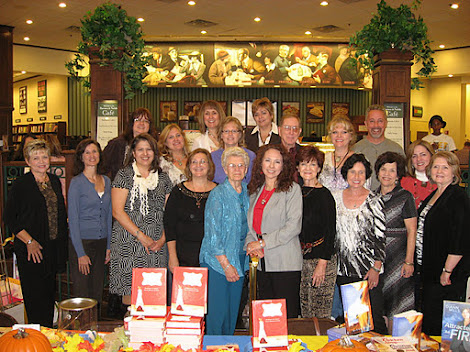A raven like a writing desk? Though I'd read Alice in Wonderland as a child, I seem to have skipped over that question.
If your memory needs refreshing, as does mine, the quote comes from a tea party Alice attends in the company of the March Hare, the Mad Hatter and the Dormouse. The Hatter poses the question:
"Have you guessed the riddle yet?" the Hatter said, turning to Alice again.
"No, I give it up," Alice replied. "What's the answer?"
"I haven't the slightest idea," said the Hatter.
"Nor I," said the March Hare.
Alice sighed wearily. "I think you might do something better with the time," she said, "than wasting it in asking riddles that have no answers."
Alice's Adventures in Wonderland, by British author Charles Lutwidge Dodgson, better known under the pseudonym Lewis Carroll tells the story of a girl named Alice who falls down a rabbit hole into an upside-down world of equally topsy-turvy, anthropomorphic creatures. Classed in the literary nonsense genre, Alice in Wonderland sets a permeable barrier between logic and illogic, setting the stage for delightfully ridiculous dialogue.
Which brings us back to the question: "Why is a raven like a writing desk?" Is the question a riddle of some sort? Is the question supposed to make sense, or is it simply nonsense?
Readers have been clamoring for the answer since the book first released, so much so in fact, that Lewis Carroll added a preface to the 1896 edition of the book:
Enquiries have been so often addressed to me, as to whether any answer to the Hatter's Riddle can be imagined, that I may as well put on record here what seems to me to be a fairly appropriate answer, viz: 'Because it can produce a few notes, tho they are very flat; and it is never put with the wrong end in front!' This, however, is merely an afterthought; the Riddle, as originally invented, had no answer at all.
Unfortunately, his answer did little to satisfy people, so they set out to venture their own solutions to the riddle--none of which made much sense or offered a satisfactory explanation. No one, it seems, was willing to accept the lack of an answer to a nonsensical riddle. Considering the source of the riddle, the Mad Hatter, one has to wonder why.
Postscript: In 1976 Carroll admirer Denis Crutch pointed out that in the 1896 preface quoted above, the author had originally written: "It is nevar put with the wrong end in front." Nevar of course is raven spelled backward. Big joke! However, said joke didn't survive the ministrations of the proofreaders, who, thinking they understood the author's intentions better than the author, changed nevar to never in subsequent editions. The indignities we authors suffer! Sure, we make up for it in money and groupies, but still, if in some book (e.g., one of mine) you come across a line that really clanks, be assured: It was funny before. (http://www.straightdope.com/columns/read/1173/why-is-a-raven-like-a-writing-desk)
So, it seems, Lewis Carroll had the last laugh.
But the irony raises another question--how should an author respond when readers "read" too much into a story?




I always thought it was because there is a B in both and an N in neither. ;)
ReplyDeleteDeAnna:) We've all heard various explanations over the years, but I like the author's interpretation, don't you? I think it is human nature to look for an answer to a question--even a silly riddle. Stuff and nonsense:)
ReplyDelete